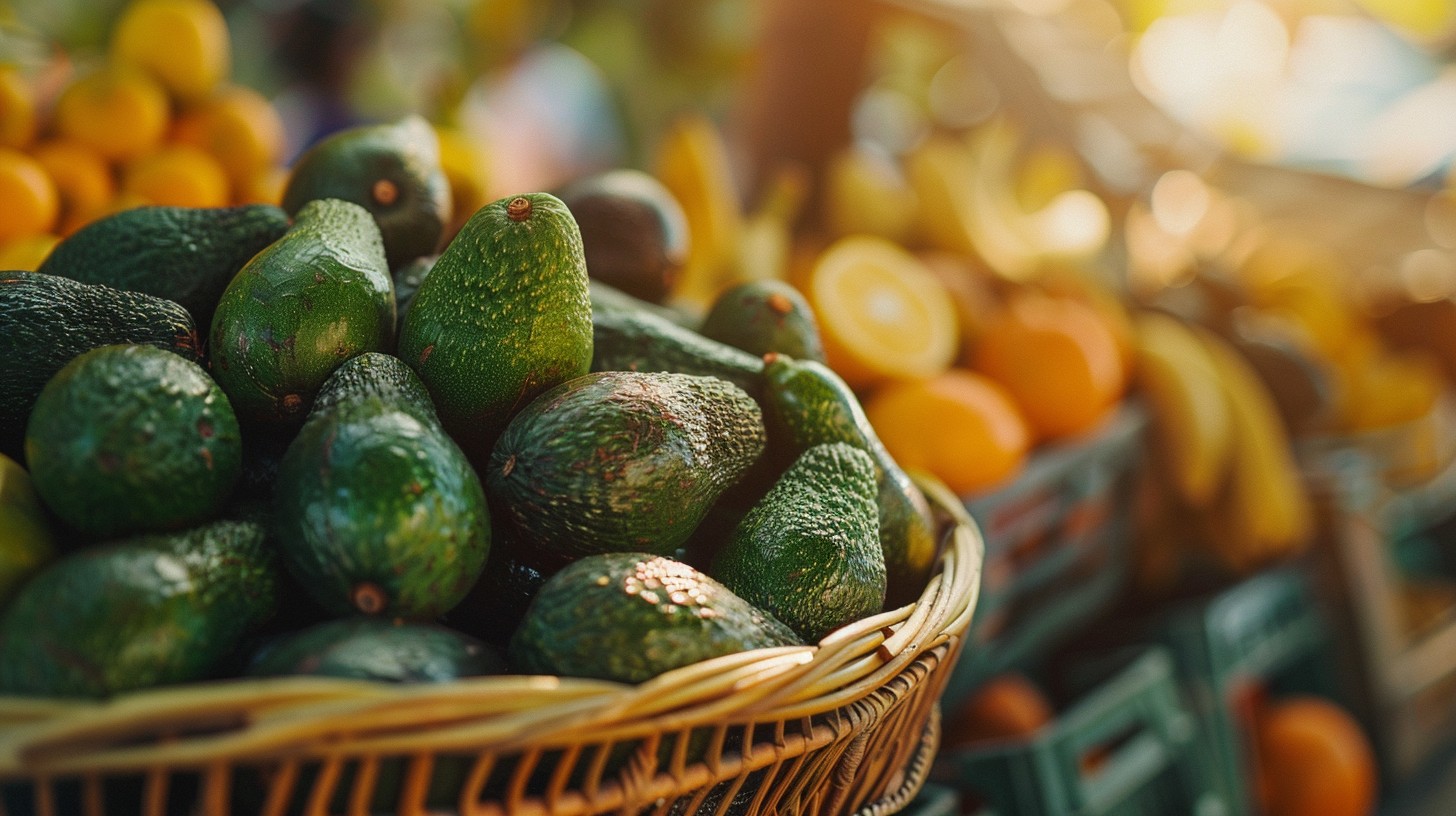Introduction
The Paleo diet, often called the Paleolithic or caveman diet, is a dietary plan inspired by the foods that early humans ate during the Paleolithic era. This comprehensive guide will delve into every aspect of the Paleo diet, including its origins, principles, benefits, potential drawbacks, and practical tips for getting started. By the end of this article, you’ll have a thorough understanding of how adopting this ancient diet can potentially enhance your health and wellness.

What is the Paleo Diet?
The Paleo diet is designed to replicate the dietary patterns of our pre-agricultural ancestors. It focuses on consuming foods that were available before the development of farming and industrial food processing. The goal is to align modern eating habits with those of our hunter-gatherer ancestors, who lived in a time when food sources were natural and unprocessed.
Origins and Historical Context
The concept of the Paleo diet was popularized by Dr. Loren Cordain, a nutritionist who published “The Paleo Diet” in 2002. His research draws upon evolutionary biology, anthropological studies, and historical dietary patterns. Dr. Cordain’s work is based on the idea that our genetic makeup has changed little since the Paleolithic era, and thus, our bodies are adapted to the diet of our ancestors.
The Paleolithic era, which lasted from approximately 2.5 million years ago to about 10,000 years ago, saw humans subsisting on a diet of wild plants, fruits, nuts, and animal meats. The transition to agriculture around 10,000 years ago led to a dramatic change in the human diet, introducing grains, legumes, and dairy products. The Paleo diet aims to revert to the nutritional patterns before these agricultural innovations.
Core Principles of the Paleo Diet
Understanding the core principles of the Paleo diet is crucial for anyone interested in adopting this eating plan. The diet revolves around consuming foods that align with the eating habits of early humans while avoiding modern agricultural and processed foods.
Focus on Whole Foods
At the heart of the Paleo diet is the emphasis on whole, unprocessed foods. This includes:

- Fresh Fruits and Vegetables:
Fresh fruits and vegetables are essential in the Paleo diet, providing vital vitamins, minerals, and antioxidants. Eating a variety of colorful produce ensures you get a range of nutrients, from iron in greens to antioxidants in fruits. Root vegetables add fiber and beta-carotene, benefiting overall health and digestion.
- Lean Meats:
Lean meats, including grass-fed beef, pork, poultry, and wild-caught fish, are staples of the Paleo diet. They provide high-quality protein and are generally free from hormones and antibiotics, aligning with the diet’s focus on natural, unprocessed foods.
- Nuts and Seeds:
Nuts and seeds, such as almonds, walnuts, chia seeds, and flaxseeds, provide a rich source of healthy fats, protein, and fiber, making them an important component of the Paleo diet.
- Healthy Fats:
Healthy fats like avocados, olive oil, and coconut oil are preferred in the Paleo diet due to their richness in monounsaturated and saturated fats, which support overall health and well-being.
- Refined Sugars:
Refined sugars, including white sugar, high-fructose corn syrup, and other artificial sweeteners, are strictly avoided on the Paleo diet. These ingredients contribute to inflammation in the body and can negatively impact metabolic health by causing spikes in blood sugar levels and increasing the risk of chronic diseases such as diabetes and heart disease.
- Grains:
Wheat, rice, corn, barley, and oats are avoided. These foods were not part of the human diet until the development of agriculture. Additionally, grains contain compounds like gluten and lectins that some people find problematic. - Legumes:
Legumes, including beans, lentils, chickpeas, and peas, are excluded from the Paleo diet because they contain high levels of antinutrients. These compounds can interfere with the absorption of essential nutrients and disrupt digestion, potentially leading to gastrointestinal discomfort and reduced nutrient availability. - Milk:
Regular cow’s milk is avoided on the Paleo diet, though some individuals opt for dairy alternatives such as almond milk. These alternatives can provide similar benefits without the lactose and dairy proteins that may cause digestive issues for some people.
Yogurt:
Traditional yogurt is excluded from the Paleo diet, though some individuals may opt for non-dairy alternatives, such as coconut or almond-based yogurt, which align with Paleo principles and offer similar texture and flavor without the dairy content.
Benefits of the Paleo Diet
Improved Digestion:
Many people experience improved digestive health on the Paleo diet due to the elimination of grains and legumes, which can reduce bloating and discomfort. The focus on whole, unprocessed foods supports a healthier gut microbiome and enhances nutrient absorption.
Weight Loss:
The Paleo diet can be effective for weight loss by promoting the consumption of high-protein foods and healthy fats that increase satiety and reduce overall calorie intake. By avoiding processed foods and refined sugars, individuals may find it easier to maintain a healthy weight.
Better Blood Sugar Control:
The diet’s emphasis on whole foods and low glycemic index items helps stabilize blood sugar levels. This can be particularly beneficial for those with insulin resistance or diabetes, as it reduces the likelihood of blood sugar spikes and crashes.
Increased Energy Levels:
Many people report increased energy levels on the Paleo diet due to the consumption of nutrient-dense foods and the avoidance of processed foods that can cause energy fluctuations. A balanced intake of protein, healthy fats, and complex carbohydrates supports sustained energy throughout the day.
Getting Started on the Paleo Diet
Educate Yourself:
Before starting the Paleo diet, take time to understand its principles and guidelines. Read books, articles, and reliable sources to gain knowledge about the diet and how it aligns with your health goals.
Plan Your Meals:
Create a meal plan that includes a variety of Paleo-friendly foods. Plan your weekly meals to ensure you have a balanced diet and avoid the temptation of processed foods.
Stock Your Pantry:
Remove non-Paleo items from your pantry and stock up on fresh fruits, vegetables, lean meats, nuts, seeds, and healthy fats. Having these staples readily available will make meal preparation easier.
Find Paleo-Friendly Recipes:
Explore Paleo recipes and meal ideas to add variety to your diet. Utilize cookbooks and online resources to discover new and exciting dishes that align with Paleo principles.
Monitor Your Health:
Track any changes in your health and well-being as you follow the Paleo diet. Pay attention to how your body responds and consult with a healthcare professional if you have any concerns or experience negative effects.

Conclusion
The Paleo diet offers a return to natural eating patterns, focusing on whole, unprocessed foods that align with our ancestral diet. While it provides numerous benefits, including improved digestion, weight loss, and better blood sugar control, it also has potential drawbacks, such as nutritional deficiencies and social challenges. By educating yourself, planning meals, and monitoring your health, you can successfully incorporate the Paleo diet into your lifestyle and reap its potential health benefits. For additional resources and support, explore Paleo Diet Recipes and delve into the science behind Paleo.
